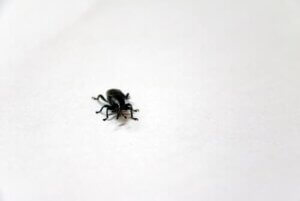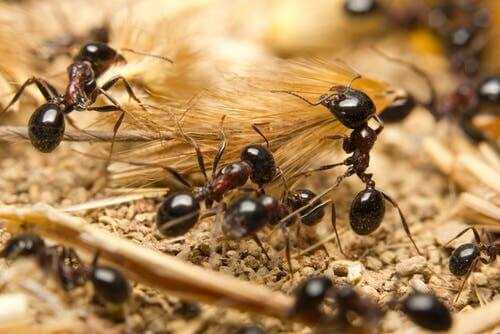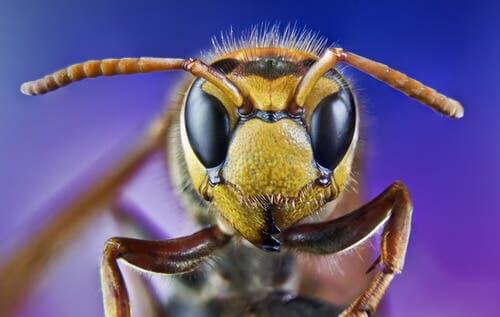The Smallest Insect in the World?


Written and verified by the lawyer Francisco María García
Some species of insects stand out for their enormous size, such as the famous cockroaches of Madagascar. However, most of the insects that we see daily have tiny bodies. The smallest insect in the world is tiny, and it’s impossible to see it with the naked eye.
Scydosella musawasensis: the smallest insect in the world
The tiny scydosella musawasensis beetle is the smallest non-parasitic insect in the world. They’re just 0.012 inches long, even smaller than many unicellular organisms. Some bacteria, such as Thiomargarite namibiensis, can be twice as large.
To establish a simple comparison, a common ant is about 20 times the size of this beetle. This example shows just how small it is.

We need very strong microscopes to be able to see them. Thanks to sophisticated microscopes and advanced technology, they’re a recognized species and scientifically cataloged.
Origins of the smallest insect in the world
Nicaraguans initially discovered the world’s smallest insect in mid-1999. Curiously, the technology available at the time meant that researchers couldn’t measure the size of this beetle precisely.
It was only in the current decade that researchers successfully measured some specimens found in Colombia. The entomologist Alexey Palilov, a researcher at Moscow State University, was responsible for the discovery.
Dr. Palilov was in charge of examining beetles from the Chicaque National Park in Colombia. His latest article, published in the scientific journal ZooKeys, reveals that digital micrographs were needed to determine the length of the insect.
Researchers used scanning electron microscopes and modern computer programs to get high-precision digital micrographs. This finally revealed that the Scydosella musawasensis beetle is now the smallest insect in the world.
Small, yes, parasite, no
Interestingly, it’s not a parasitic species. These beetles feed on the spores of the Basidiomycota fungi, which is also their natural habitat.
This means that the world’s smallest insect is independent and doesn’t rely on another living being to survive. Despite its vulnerable appearance, this tiny beetle can take care of itself and contribute to the ecosystem.

Scydosella musawasensis: so far, unique
Scydosella musawasensis from Nicaragua and Colombia are the only known representatives of their genus so far. We expect that, from the latest discoveries, there’ll be more interest and investment for further research.
They stand out for their yellow/brown oval body. They also have tiny, striking antennas, that are divided into 10 segments.
Other really small animals
As we can see, the Scydosella musawasensis beetle is surprisingly tiny, but this insect isn’t the only one on the list of really small species.
Pygmy marmoset
The pygmy marmoset is the smallest species of monkey known in the world. Native to Colombia, Ecuador, Peru, and Brazil, they’re only 13.7 inches long and weigh 7 ounces.
Brookesia minima of Madagascar
Originally from Madagascar, the Brookesia Minima chameleon is one of the smallest reptiles on the planet. Their bodies are less than an inch long and they can camouflage among the leaves of a tree.
Hog-nosed bat
Kitti’s hog-nosed bat is currently the smallest species of bat. Native to Thailand and Burma, they measure less than an inch long and weigh no more than 0.07 ounces.
Paedocypris
The Paedocypris progenetica carp is the smallest species of fish to date. They live in the marshes of Sumatra, where they feed mostly on plankton. They measure less than 0.3 inches and stand out for their transparent skulls.
This text is provided for informational purposes only and does not replace consultation with a professional. If in doubt, consult your specialist.